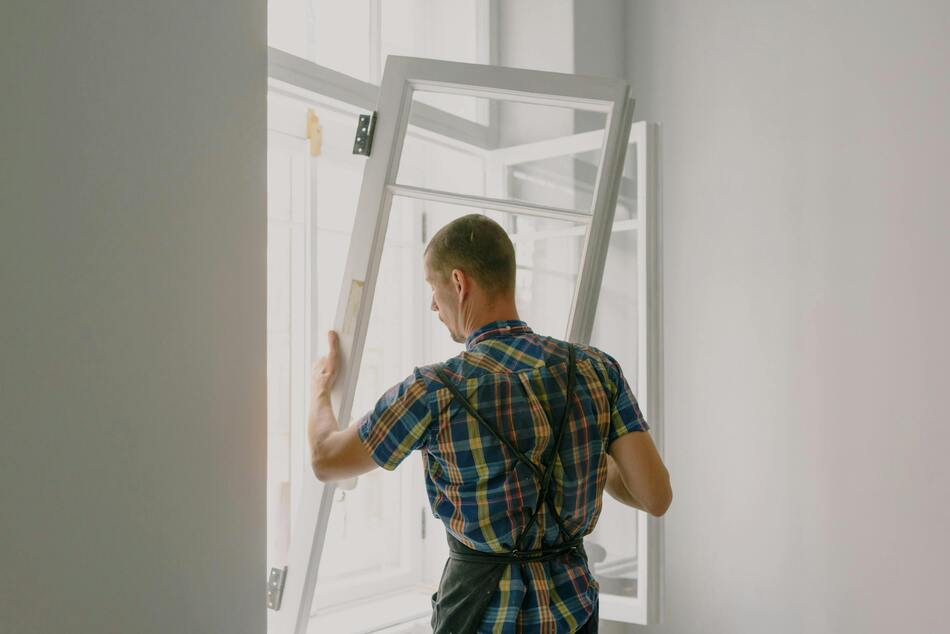Eco-Friendly Tips and Tricks for Sustainable Projects

With environmental concerns being at the forefront of many people’s minds, green renovation has become increasingly popular among homeowners looking to reduce their carbon footprint and create healthier living environments. Whether you’re embarking on a full-scale home renovation or making minor updates to your space, there are numerous eco-friendly tips and tricks that can help you minimize waste, conserve resources, and promote sustainability throughout your project.
One of the most impactful ways to make your renovation more eco-friendly is by choosing sustainable materials that are both durable and environmentally responsible. From reclaimed wood and recycled glass to bamboo and cork flooring, there are countless options available for homeowners looking to incorporate sustainable materials into their renovation projects. By opting for materials that have been responsibly sourced and manufactured, you can help reduce the demand for new resources and minimize the environmental impact of your renovation.
In addition to choosing sustainable materials, incorporating energy-efficient upgrades into your renovation project can help reduce your home’s energy consumption and lower your carbon footprint. From installing energy-efficient windows and doors to upgrading to high-efficiency appliances and HVAC systems, there are numerous ways to make your home more energy-efficient and environmentally friendly. By investing in energy-efficient upgrades, you can not only save money on your utility bills but also reduce your home’s greenhouse gas emissions and contribute to a healthier planet.
Another eco-friendly tip for green renovation projects is to minimize construction waste by repurposing or recycling materials whenever possible. Instead of sending old cabinets, fixtures, and building materials to the landfill, consider donating them to a local charity or salvage yard where they can be reused or repurposed by others. Additionally, look for opportunities to salvage materials from your own home or nearby construction sites, such as reclaimed wood flooring or vintage fixtures, that can add character and charm to your renovation project while reducing the need for new materials.
Incorporating water-saving features into your renovation project is another eco-friendly way to reduce your home’s environmental impact and conserve valuable resources. From low-flow faucets and showerheads to dual-flush toilets and rainwater harvesting systems, there are numerous water-saving technologies and strategies that can help you minimize water consumption and promote sustainability in your home. By investing in water-saving features, you can not only reduce your water bills but also help protect freshwater ecosystems and ensure a reliable supply of clean water for future generations.
When it comes to green renovation, it’s essential to consider the indoor air quality of your home and prioritize products and materials that are non-toxic and low in volatile organic compounds (VOCs). VOCs are harmful chemicals that can off-gas from paints, finishes, and other building materials, contributing to poor indoor air quality and posing health risks to occupants. By choosing low-VOC or zero-VOC products and materials, you can create a healthier indoor environment for you and your family while minimizing the environmental impact of your renovation.
Green renovation offers homeowners an opportunity to reduce their environmental footprint, promote sustainability, and create healthier living environments for themselves and future generations. By incorporating sustainable materials, energy-efficient upgrades, and water-saving features into their renovation projects, homeowners can make a positive impact on the planet while enjoying the benefits of a more eco-friendly home. With a little creativity and resourcefulness, green renovation is within reach for homeowners of all budgets and lifestyles.









